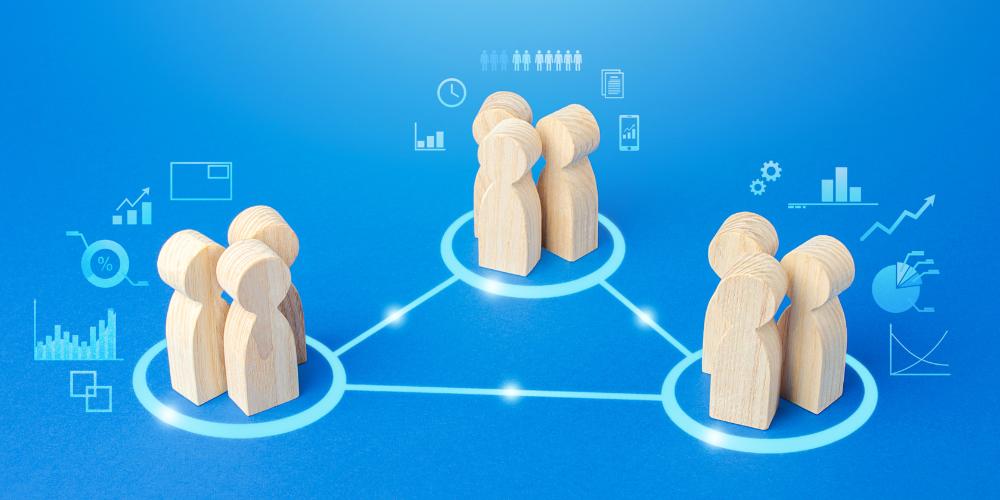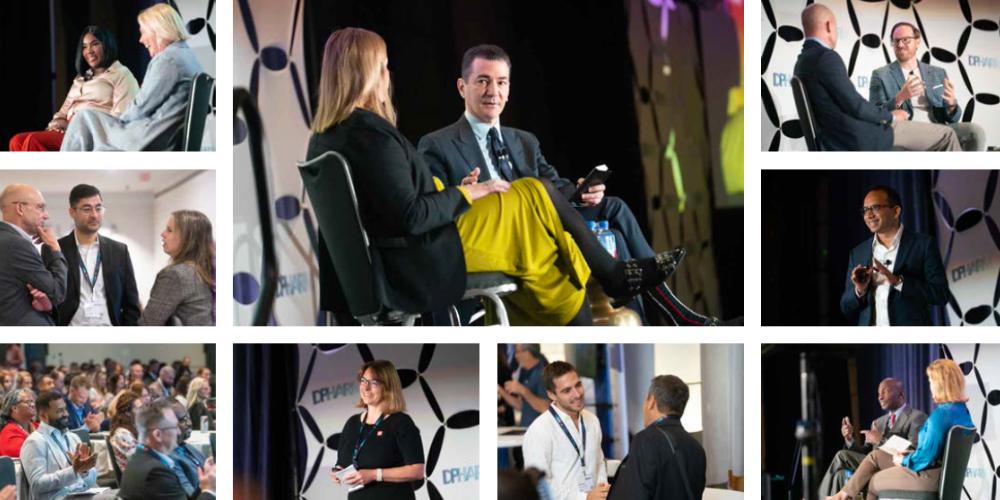End-to-End Innovation: How Technology is Transforming Every Step of the Clinical Trial Value Stream
Michael Young, Co-CEO of Lindus Health, outlines how digital tools are enabling faster insights, better patient experiences, and smarter outcomes from protocol design to patient follow-up.

What area of clinical trial technology are you most excited about?
The most exciting applications are those that not only reduce workload but actually improve data quality. For example, some of the biggest wins come from using AI and machine learning to improve data monitoring and data management. That means we're going to be running better trials, getting better signal, and ultimately being able to change the way that trials are run, not just getting rid of 10% of admin work.
Our hypothesis is that the biggest impact happens when you vertically integrate technology into your CRO. It changes the workflow rather than just being a tech layer on top of a CRO operating the way they always have.
How is Lindus using technology to help teams design better clinical studies?
It's a truism that a study is only as good as its design. The more aspects that you can get right up front, the better. We're using technology to accelerate protocol development, improve endpoint selection, and apply eligibility criteria based on electronic health records (EHRs). We're also leveraging AI to populate the EDC and CTMS, building them out and shaving weeks off the process, then applying it to speed up and improve the UAT.
All of these tools are geared toward a better, faster design process and a more accurate, safer tech platform.
"Our hypothesis is that the biggest impact happens when you vertically integrate technology into your CRO. It changes the workflow rather than just being a tech layer."
Where can technology improve recruitment?
Recruitment is ripe for technological disruption because we can move away from relying solely on trial sites to find patients who happen to be presenting at the hospital. This includes helping sites identify their own patients using EHRs or using central recruitment methodologies to find patients and then refer them to trial sites.
When these methods are applied, we've seen trials increase recruitment rates by more than 10 times, with a massive positive impact on timelines and budgets.
Potential participants can be identified using AI-enabled EHR screening based on inclusion and exclusion criteria in real-world datasets. At Lindus, we seamlessly integrate with primary care systems and maintain a database of over 40 million EHRs, where we apply our proprietary algorithms to identify eligible individuals. By engaging this broad primary care population, we can also improve trial diversity, reaching patients who might otherwise be overlooked by traditional recruitment methods.
Digital marketing is another essential patient-facing tool. Targeted advertising allows us to reach participants where they already are, whether through search engines, social media platforms, or condition-specific communities.
How do you make enrollment easier?
AI-powered agents are increasingly being used to handle pre-screening, scheduling, and reminders for participants. Once a participant shows interest, they are directed to a user-friendly online questionnaire to maintain recruitment momentum and guide them to the next step if they are found eligible. These agents can also quickly book appointments, send automated reminders, and manage logistical communications.
Modern eConsent platforms turn complex information into intuitive, interactive content. Videos, graphics, and branching logic help participants truly understand what they're signing up for. Optimizing the user experience and making participation user-friendly, transparent, and digital turns a once paperwork-heavy process into a seamless journey that drives higher enrollment and stronger retention.
Have you seen technology drive more patient-friendly trial designs?
We're now in an era where trial participation doesn't have to mean constant site visits. With advances in decentralized and hybrid trial models, data collection has become far more flexible and accessible.
Mobile nurses and at-home sample collection enable participants to complete key study activities from the comfort of their homes. Wearable devices and biosensors can continuously capture physiological data such as heart rate, EKGs, blood pressure, oxygen saturation, or sleep metrics, which can feed that information directly into secure study databases.
"These innovations don't just reduce participant burden. They can also increase the accuracy and frequency of data collection through continuous or passive collection methods."
What has been Lindus’ approach to technology for more patient-friendly trial design?
At Lindus, data is collected through our in-house trial delivery platform, Citrus, which includes Electronic Data Capture (EDC), electronic Patient-Reported Outcomes (ePRO), electronic Case Report Forms (eCRF), and other key features.
These innovations don't just reduce participant burden. They can also increase the accuracy and frequency of data collection through continuous or passive collection methods. Researchers are given a more holistic understanding of how an intervention performs in the real world through a representative dataset. At Lindus Health, we offer a range of trial methodologies from fully site-based to hybrid and decentralized, tailoring the site model to the needs of the trial.
How is technology changing the way we manage and analyze data?
In the past, data management was a slow and fragmented process. Information was stored across multiple systems and formats, and teams had to spend significant time downloading, cleaning, and standardizing it before any analysis could begin. Insights often came only after a study ended, by which time it was too late to act on them.
Today, that's changing. We are moving towards strategies that keep data in near-final format from the moment it's collected. This minimizes manual rework and enables real-time analysis. With built-in analytical tools, teams can view live dashboards showing recruitment rates, participant adherence, and early safety or efficacy signals. Machine learning models spot trends and data errors in real time. Having this level of visibility and transparency throughout the trial helps researchers respond faster, make more informed decisions, and surface results sooner.
"This transformation isn't just about efficiency. It's about enabling better science, broader access, and faster delivery of new therapies to those who need them most."
What happens when every part of a trial is connected?
A successful, fully tech-integrated clinical trial is not about doing each of the bits 10% quicker; it’s about getting data faster, in close to real-time, to analyze it months before you would on a standard study. This then begs the question: what designs does it enable you to run, and how does it change the way you think about running a biotech?
Can you run compressed phase 2/3 designs? Adaptive trials? Platform studies? All the potential solutions we wouldn't have thought of, but can now do because they're cost-effective with real-time data.
What would be the ideal change you’d like to see in how teams approach and integrate technology?
The real change in the industry happens when people move away from the waterfall approach to running clinical trials. That is only possible when technology is integrated throughout the full trial lifecycle.
Study designs are informed by predictive data, recruitment is powered by intelligent automation, and insights flow continuously throughout the study. This transformation isn't just about efficiency. It's about enabling better science, broader access, and faster delivery of new therapies to those who need them most.









